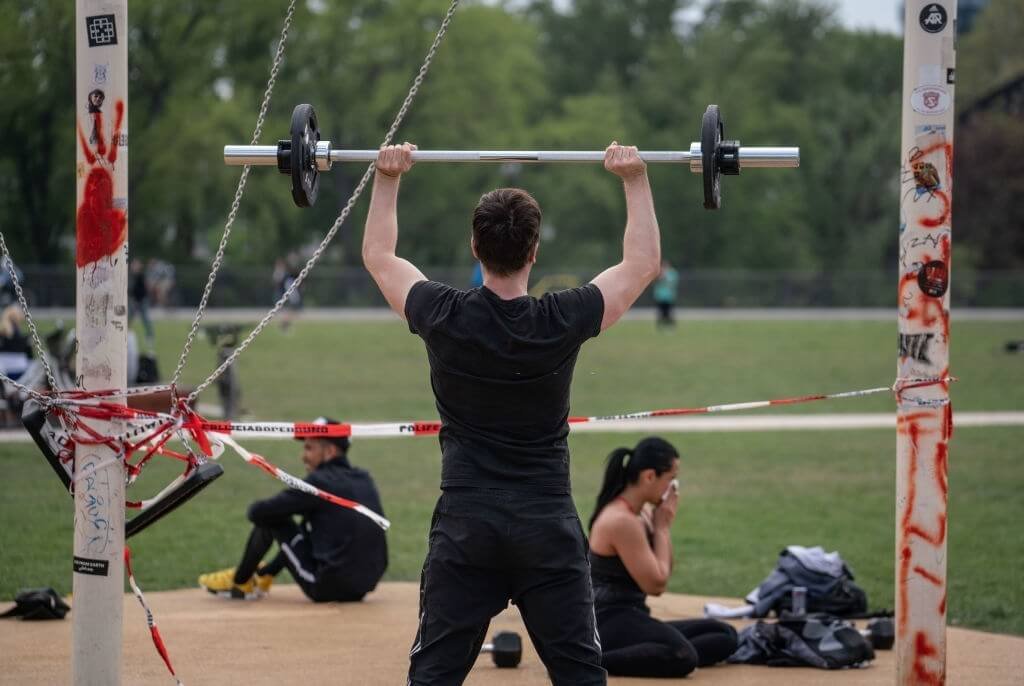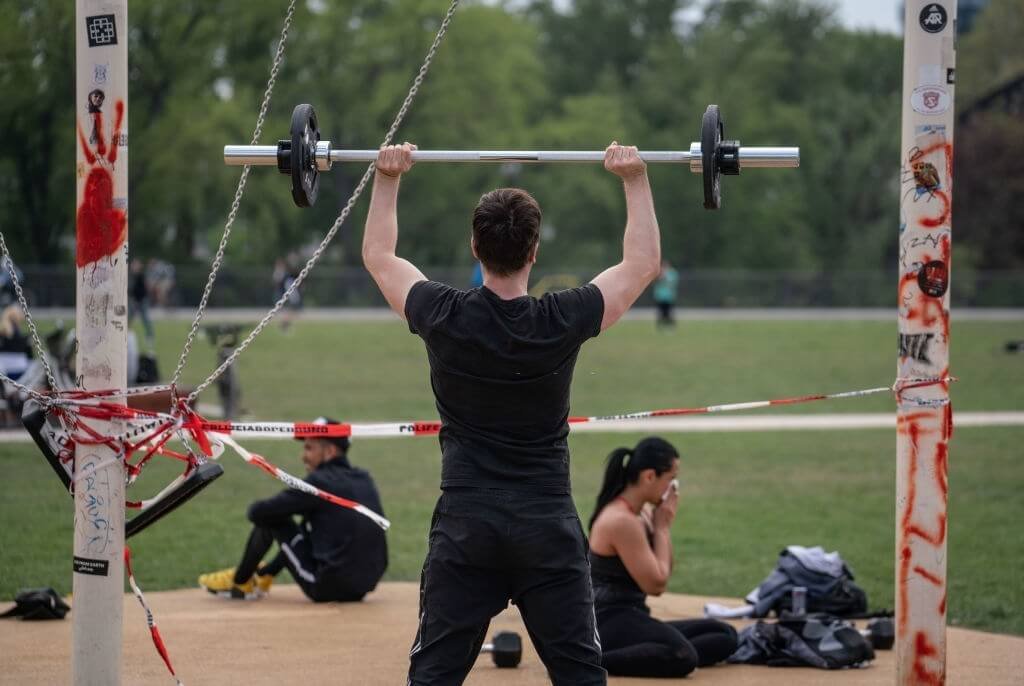If you are someone who actively engages themselves in sports activities, then there is a good chance you are always fending off injuries or perhaps trying to avoid one. Some part of your body is pretty much always paining, and you can either choose to ignore it or seek medical help.
Exercises To Avoid IT Band Syndrome
One such issue that commonly plagues the athletes is the IT Band Syndrome. Short for Iliotibial Syndrome, this is usually caused by a myriad of missteps such as repeatedly bending the knee while engaging in activities such as running, hiking, cycling or even walking. The primary cause of this is not training the right way. Yes, its as simple as that.
If you choose to run in a downhill direction quite often, or even on surfaces that are far from flat, then you might be putting yourself at the risk of developing this syndrome. Forgetting to warm up, stretch or even cool down before and after your workout could be a factor in developing this issue. Additionally, being too hard on yourself and pushing your body beyond its limits, along with not taking enough break periods between your workouts could be a major cause of IT Band Syndrome.

So why exactly does this occur? Well, in order to understand that, we would first have to know about the IT band. It is a group of fibres that start from the exterior part of your hips and run down to the outside of your knees and thighs, right up until the shinbone. There’s a small fluid-laden sac known as the bursa which helps the IT band smoothly cross over your knees. However, when you train too hard or in the wrong manner, this IT band gets too tight and creates a certain level of friction between itself and your knee, which in turn causes it to swell and torment you with pain in that region of your body.
Now you might be wondering when to start checking yourself for the IT Band syndrome. Well, some primary symptoms to watch out for could include a throbbing pain shooting up on the exterior side of your knee, just about the join that holds it in place, along with a burning sensation and a certain feeling of tenderness within your knees, hearing a ‘pop’ sound or a snap every time you try to engage your knees, a persistent ache that develops throughout your leg, along with redness and patchiness on the outside of your knees. Sometimes, you might notice the pain fading away when you warm up or stretch, but make sure to not ignore it as the pain will definitely return and get worse over the course of your workout. Force yourself to see a doctor in case you notice even the slightest of these signs, especially if the pre-existing ones get even worse.
Have you ever spotted an athlete with an ice pack wrapped within a towel, on their knees? If yes, then they are quite possible treating an IT Band Syndrome. You see, that is one of the most basic and the easiest step in alleviating the pain. Some additional steps could include reducing any and all activities that would involve using your knees and occasionally taking over-the-counter painkillers if the pain persists.
The most important move to diagnose this issue would be to visit a physician. They will most probably run a physical exam on you to rule out any other causes of the pain. Once they zero in on this issue, they can make use of a variety of steps to lessen your suffering. Some of them include ultrasounds, friction massages, exercises to strengthen your IT Band, showing you to some of the suitable footwear and shoe inserts, helping you adjust your training schedule to prevent this from happening again and even giving you some advice on how to warm up and cool down in the best way.
While an IT Band syndrome may be scary, its nothing that cannot be solved with patience and some rest. However, as the saying goes, “prevention is better than cure”. Some easy ways to do that would be to give yourself plenty of rest between workouts, listening to your body while training and ensuring you change your footwear regularly to fit your exercise regimen, and you should be fit as a fiddle.
You May Also Read : Does Yin Yoga Reset Your Body And Mind And What Are The Benefits
